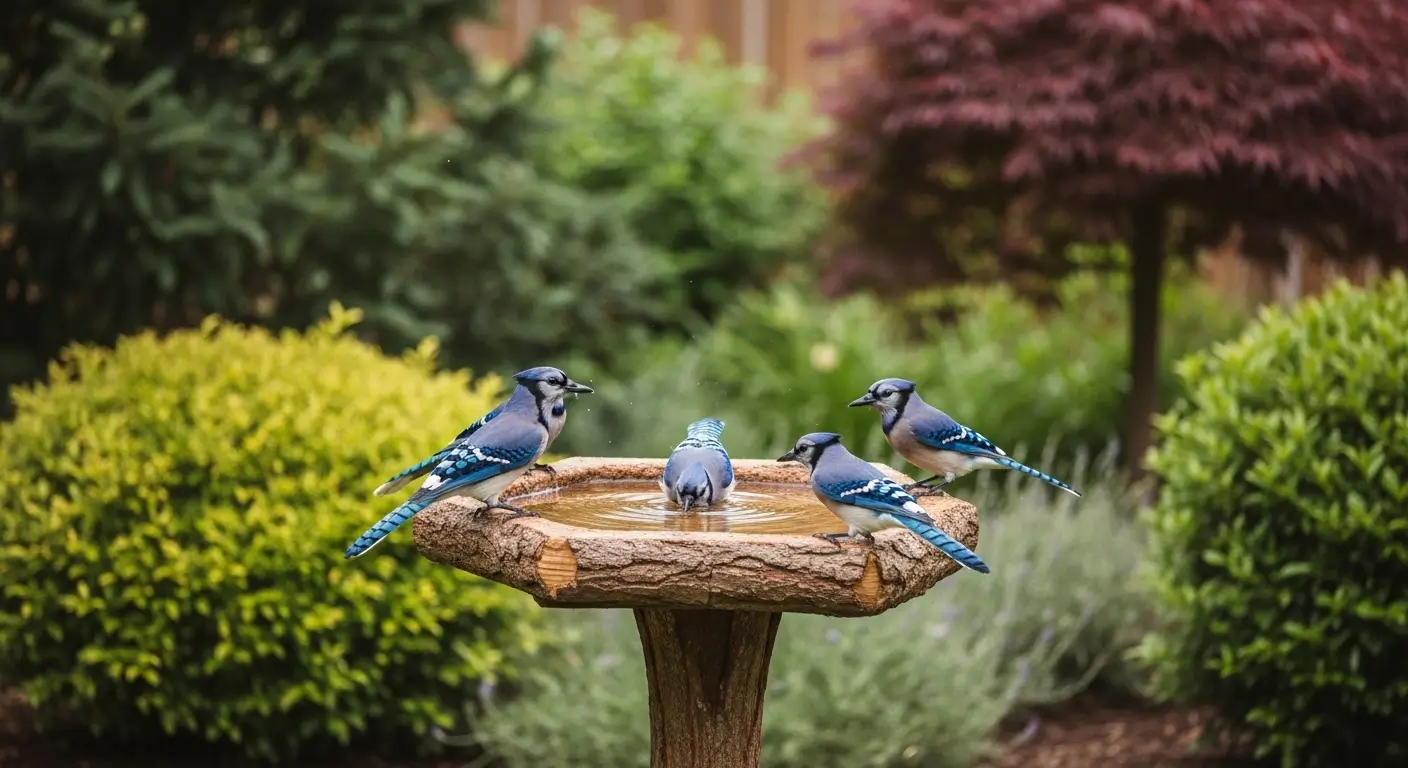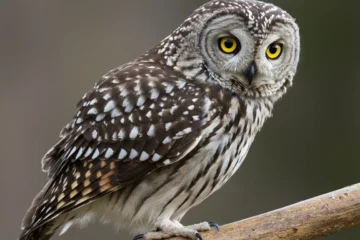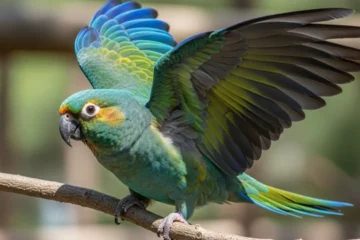Blue jays (Cyanocitta cristata) are among the most eye-catching and vocal backyard birds in North America. Their brilliant blue feathers, curious personalities, and intelligence make them a favorite for bird watchers. If you want to bring them into your yard consistently, it’s important to know which foods they love most—and how to serve them properly.
Best Seed & Food to Attract Blue Jays
| Food Type | Safe for Blue Jays | Notes |
|---|---|---|
| Peanuts (raw) | ✅ Yes | Shelled or unshelled |
| Black Oil Sunflower Seeds | ✅ Yes | Year-round favorite |
| Cracked Corn | ✅ Yes | Budget-friendly, easy to eat |
| Whole Corn | ✅ Yes | Good for ground feeding |
| Pumpkin Seeds | ✅ Yes | Raw and unsalted only |
| Fruits | ✅ Yes | Fresh or unsweetened dried |
| Mealworms | ✅ Yes | Extra protein during nesting |
| Nuts (variety) | ✅ Yes | No salt, raw only |
| Suet with Peanuts | ✅ Yes | Best in winter |
| Cheese Bits | ✅ Occasionally | Only mild cheese in cold |
| Striped Sunflower Seeds | ✅ Yes | Preferred by larger birds like jays |
| Oats (Plain Rolled) | ✅ Occasionally | Dry or soaked; not instant or flavored |
| Raisins (Unsweetened) | ✅ Yes | Rehydrate before serving if dried |
| Blueberries | ✅ Yes | High in antioxidants; fresh preferred |
| Chia Seeds | ✅ In Moderation | Serve soaked for easier digestion |

Best Feeders for Blue Jays
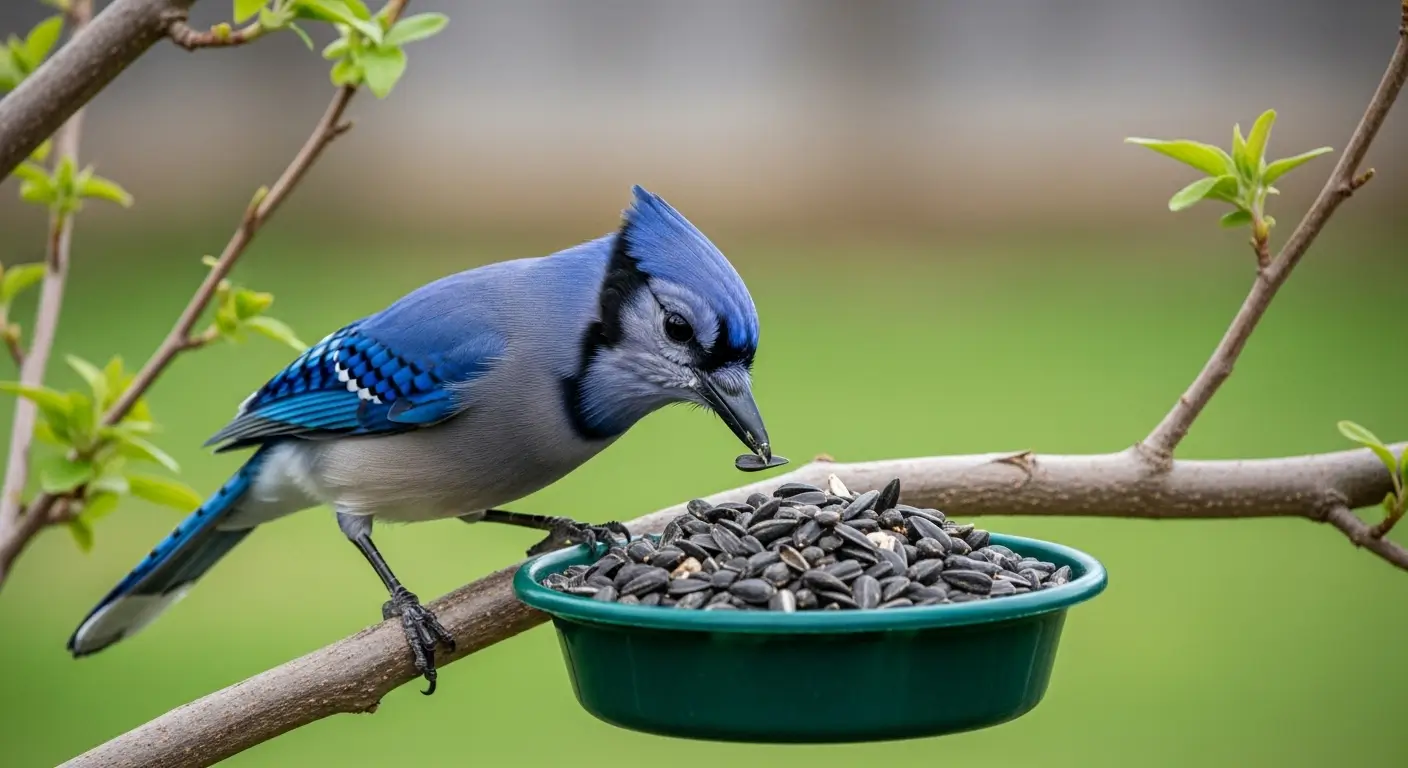
-
Platform Feeders: These open feeders give blue jays plenty of room to perch.
-
Tray Feeders: Great for heavier birds like jays.
-
Peanut Feeders: Mesh-style peanut feeders work well for holding unshelled peanuts.
Avoid small tube feeders, as they are too tight for blue jays to feed comfortably.
Tips to Attract Blue Jays
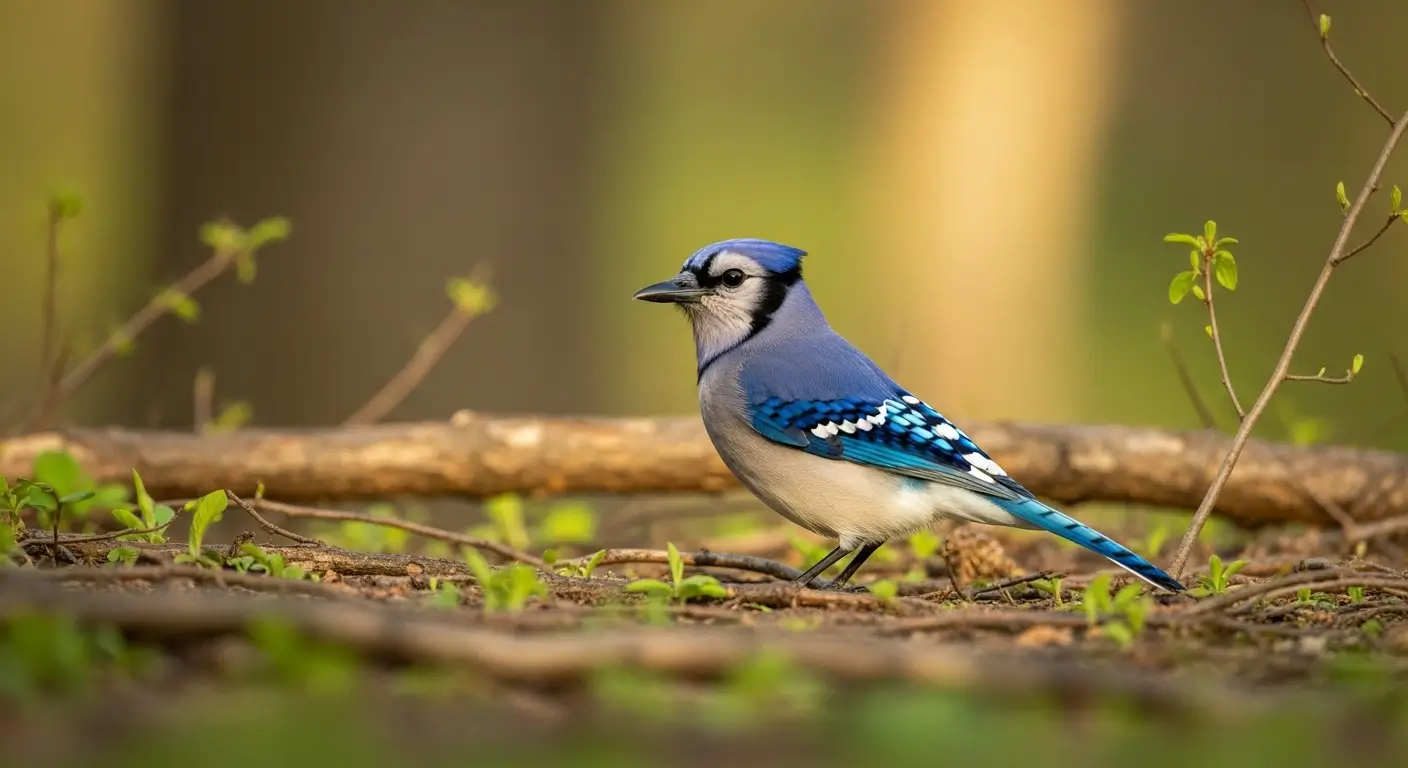
-
Keep feeders clean and stocked consistently.
-
Offer a water source like a birdbath.
-
Leave some natural tree cover or shrubs for shelter and nesting
Bird Baths and Drinking Water Attracts Blue Jays
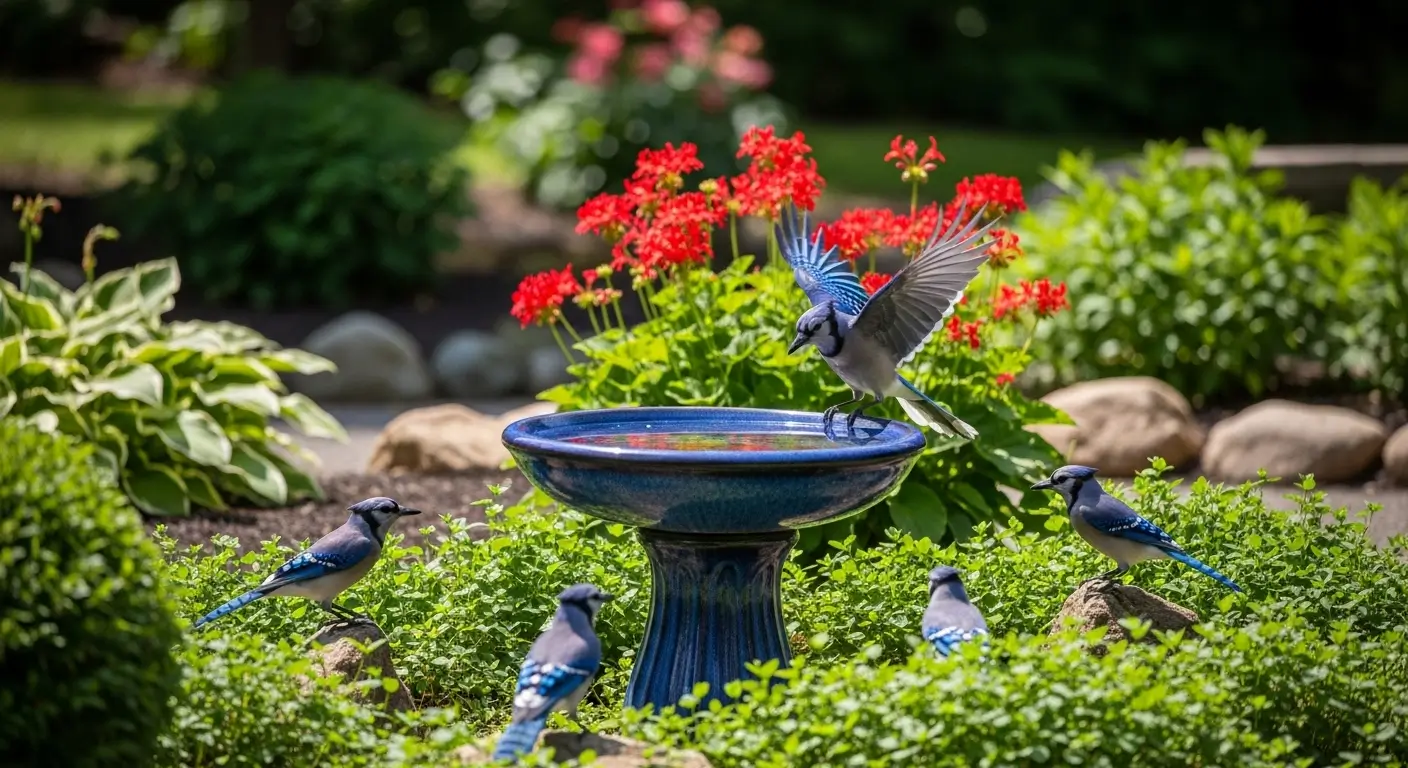
While food is essential for attracting blue jays, clean drinking water and a reliable bird bath can be just as important. Like all birds, blue jays need water not only for hydration but also for bathing to keep their feathers clean and healthy. Offering a suitable water source will greatly increase your chances of seeing blue jays regularly in your yard.
Why Water Matters for Blue Jays
Blue jays are active birds that expend a lot of energy flying, calling, and foraging. Fresh water helps them:
-
Stay hydrated, especially during hot summers or dry seasons
-
Maintain healthy feathers through regular bathing
-
Support chick-feeding during breeding season
Running Water Attracts More Jays

Blue jays are naturally curious and are often drawn to the sound of moving water.
How to add motion:
-
Install a solar-powered fountain or bubbler in your bird bath.
-
Use a dripper to create a gentle trickling sound.
-
Add a misting attachment near the bird bath for extra allure.
Moving water also stays cleaner and reduces mosquito breeding.
Nesting Shelf to Attract Blue Jay
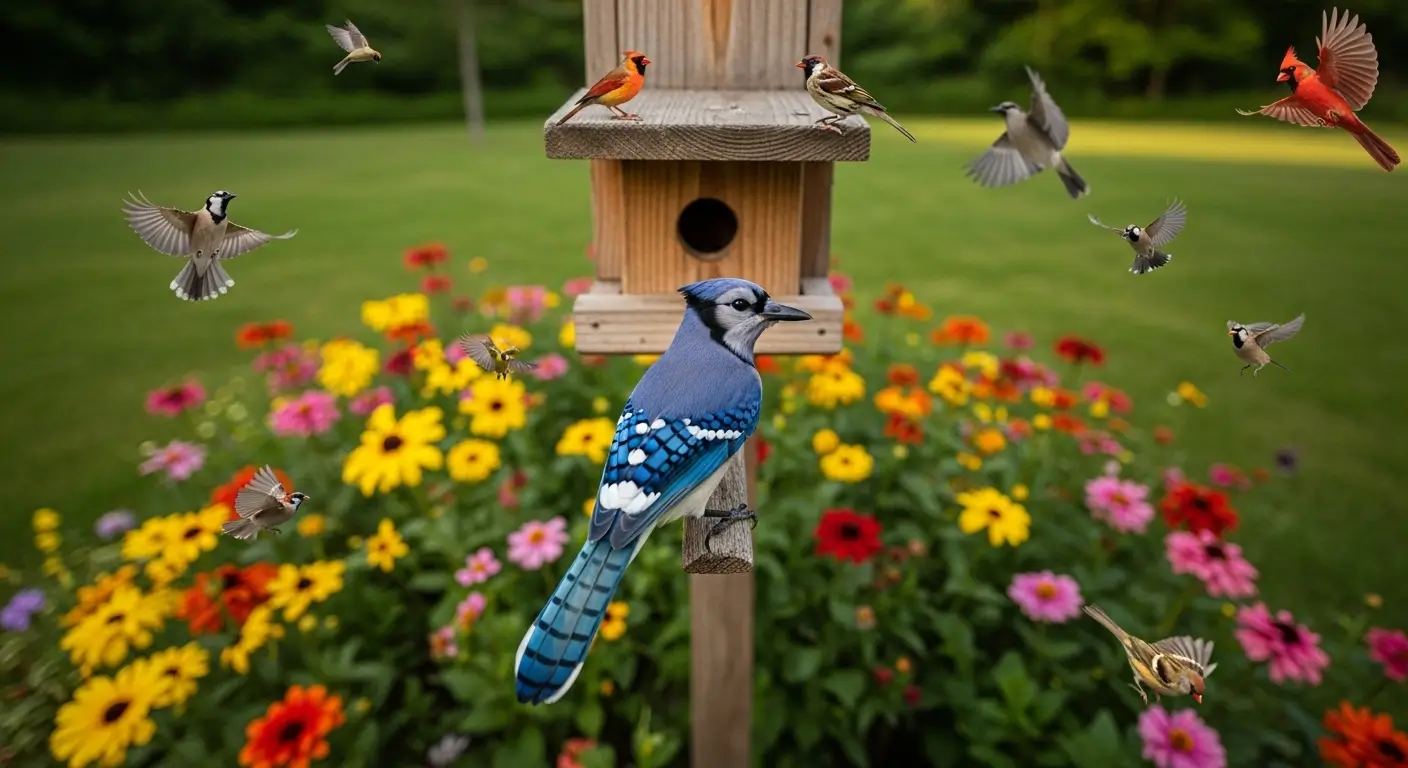
While food and water attract blue jays temporarily, providing nesting space is how you encourage them to stay. A nesting shelf is an open-front wooden platform designed to give blue jays a safe space to build their nests. Unlike closed birdhouses, it offers the visibility and room that blue jays prefer. A nesting shelf offers a safe, elevated platform for blue jays to build their nests—especially during the breeding season (spring to early summer).
Where to Install the Shelf
-
Mount it 6 to 10 feet high on a tree, fence post, or exterior wall.
-
Choose a quiet, semi-sheltered spot near shrubs or trees.
-
Face it east or southeast to avoid harsh afternoon sun and rain.
Nesting Material Tips
-
Place soft twigs, pine needles, or dry grass nearby.
-
Avoid human-made materials like string or plastic—they can be harmful.
What to Avoid
-
Don’t place shelves near busy doors or loud machinery.
-
Avoid nesting boxes with small holes—blue jays won’t use them.


